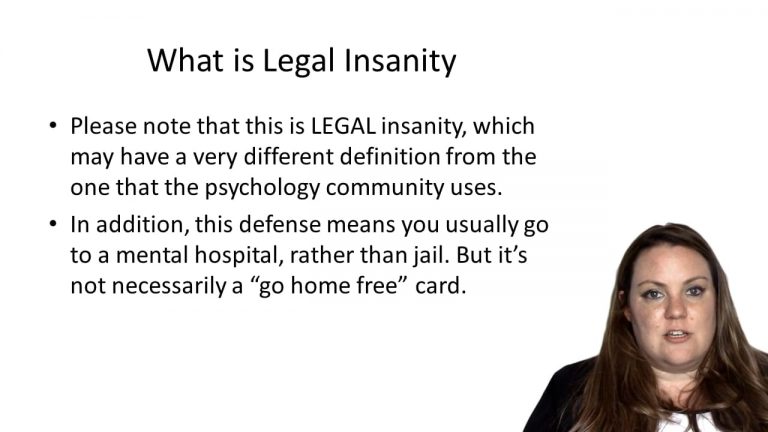SmartBrief
Confirm favorite deletion?
Criminal Law Keyed to Weaver
Clark v. Arizona
Citation:
548 U.S. 735 (2006).Facts
Police Officer Moritz responded to multiple complaints that a pickup truck was blaring music and circling a residential block. Moritz turned on his emergency lights and siren of is marked police car and pulled over the truck. The Defendant, Clark, was the driver of the truck. Less than a minute after being pulled over, the Defendant shot Moritz and he died soon after.
The Defendant was charged with first-degree murder for intentionally or knowingly killing a law enforcement officer in the line of duty. At trial, the Defendant did not contest shooting and killing Moritz, but relied on his paranoid schizophrenia at the time of the incident in denying that he had the specific intent or knowledge as required by the statute. The prosecutor offered circumstantial evidence that the Defendant knew Moritz was a law enforcement officer. The testimony offered for the prosecution indicated that the Defendant intentionally lured an officer to the scene in order to kill him and that he told people a few weeks prior to the incident that he wanted to shoot police officers.
In presenting his defense, the Defendant claimed mental illness and sought to introduce it for two purposes. First, he raised the affirmative defense of insanity. Under Arizona law, this put the burden on the Defendant to prove by clear and convincing evidence that at the time of the commission of the criminal act he was afflicted with a mental disease or defect of such severity that he did not know the criminal act was wrong. Second, he tried to rebut the prosecution’s evidence of the requisite mens rea, that he had acted intentionally or knowingly to kill a law enforcement officer.
Only StudyBuddy Pro offers the complete Case Brief Anatomy*
Access the most important case brief elements for optimal case understanding.
*Case Brief Anatomy includes: Brief Prologue, Complete Case Brief, Brief Epilogue
- The Brief Prologue provides necessary case brief introductory information and includes:
Topic:
Identifies the topic of law and where this case fits within your course outline.Parties:
Identifies the cast of characters involved in the case.Procedural Posture & History:
Shares the case history with how lower courts have ruled on the matter.Case Key Terms, Acts, Doctrines, etc.:
A case specific Legal Term Dictionary.Case Doctrines, Acts, Statutes, Amendments and Treatises:
Identifies and Defines Legal Authority used in this case.
- The Case Brief is the complete case summarized and authored in the traditional Law School I.R.A.C. format. The Pro case brief includes:
Brief Facts:
A Synopsis of the Facts of the case.Rule of Law:
Identifies the Legal Principle the Court used in deciding the case.Facts:
What are the factual circumstances that gave rise to the civil or criminal case? What is the relationship of the Parties that are involved in the case.Issue(s):
Lists the Questions of Law that are raised by the Facts of the case.Holding:
Shares the Court's answer to the legal questions raised in the issue.Concurring / Dissenting Opinions:
Includes valuable concurring or dissenting opinions and their key points.Reasoning and Analysis:
Identifies the chain of argument(s) which led the judges to rule as they did.
- The Brief Prologue closes the case brief with important forward-looking discussion and includes:
Policy:
Identifies the Policy if any that has been established by the case.Court Direction:
Shares where the Court went from here for this case.
Topic Resources
Topic Videos
 15m 13s
15m 13s 4m 59s
4m 59sTopic Charts & Notes

